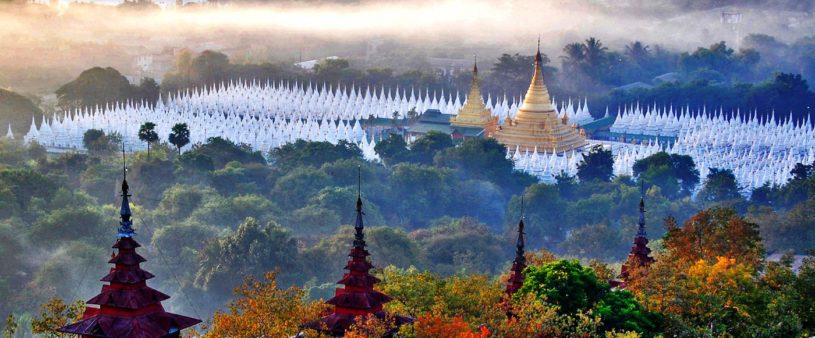King Mindon established Mandalay Yadanarbon Nay Pyi Taw in 1857 and the city was completed in 1859. The size of the city was 2400 ta (cubit).Each side of City was 600 cubits; one cubit is equivalent to 7 yards.Mandalay is a very histiorical city. It was home to the two last king of Myanmar; King Mindon and King Thibaw. The British took over the city in 1885.Mandalay is located 716 km North of Yangon. It was the royal capital of the last two kings of Myanmar, and is the cultural and religious centre of Buddhism. The city is also famous for its traditional crafts.
Mandalay has a tropical wet and dry climate. The Mandalay streets are laid out in a grid system, and are numbered east to west (up to 49th) and North to South (over 50th).Among the various types of traditional food on offer in Mandalay, are the famous Mont T, Htoe Mote and La Phat. Highlights of the city, it’s seven structures include Mya Nan San Kyaw Shwe Nan Daw (Golden Palace), Moat, Pitakas Taik, Thu Damar Congregation Hall, Atu Mashi Monastery, Ku Tho Taw Pagoda and Thein Taw Gyi.
Mya Nan San Kyaw Shwe Nan Daw (Golden Palace)
It is one of the seven royal buildings in Mandalay which was built by King Mindon. It was the first palace where King Mindon lived when he transferred from Amarapura Nay Pyi Taw to Mandalay Yadanabon Nay Pyi Taw. It was bombed during World War II and was rebuilt.
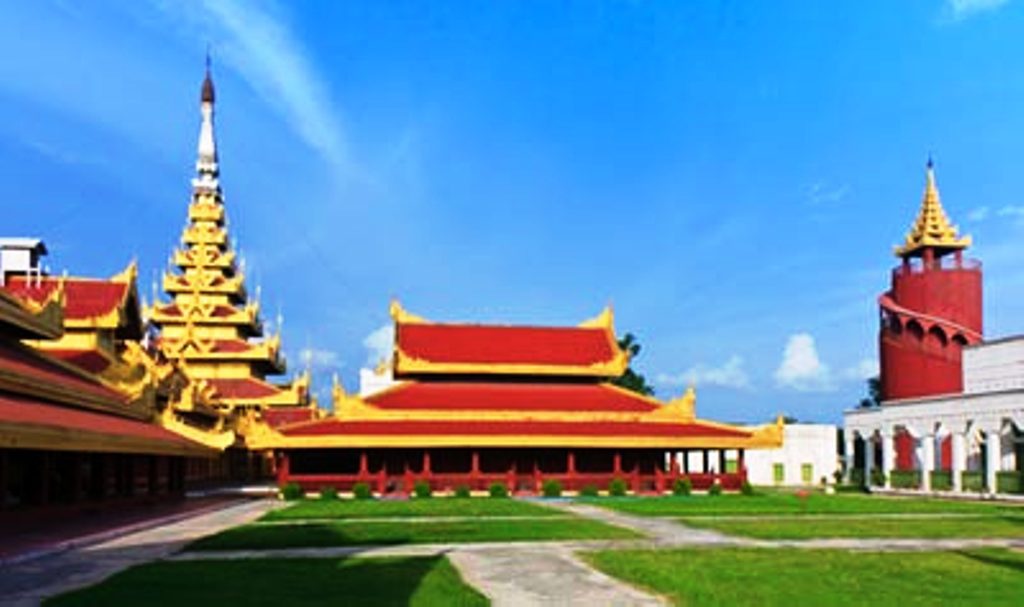
Moat
During the time of the ancient kings, a moat was built outside of the city walls to prevent the enemies from entering the city. There are three types of moat; moat with water, mud and plain ground (in which iron sticks and piles of wooden pieces are embedded). At the city walls, there is an entrance which was guarded by soldiers. The Mandalay moat is 225 feet wide and 11 feet deep. The water in the moat comes from Yay Ni Myaung @ Yadana Nadi Creek.
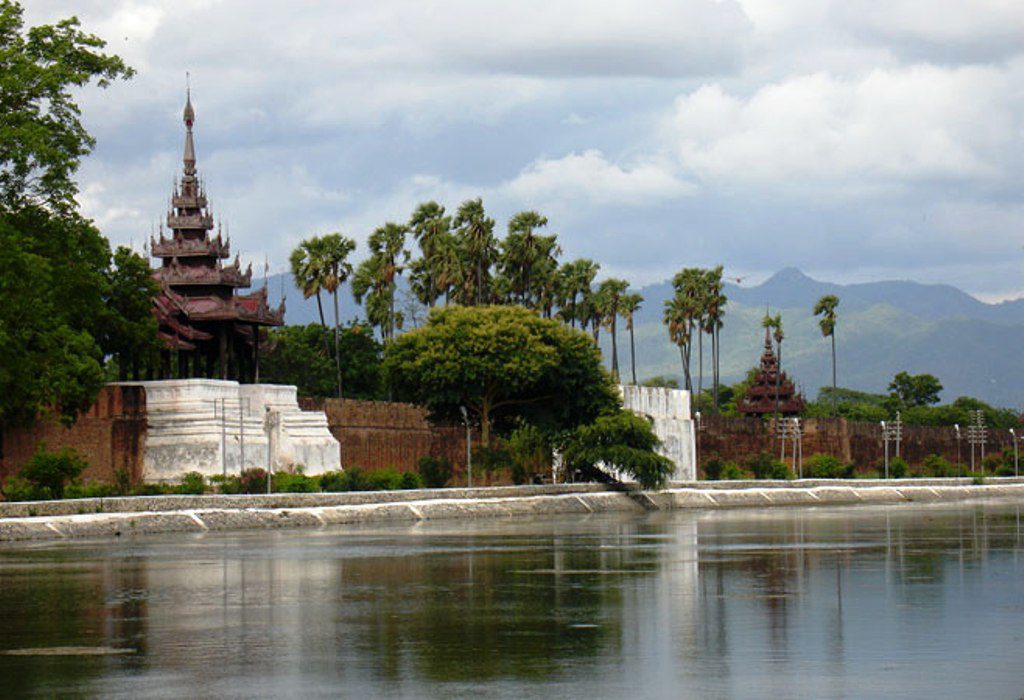
Pitakas Taik
(Repository of the Buddhist scriptures)
It was located at the foot of Mandalay Hill. It was a library which stored all the sermons of Buddha. But during World War II it was bombed and everything was destroyed.
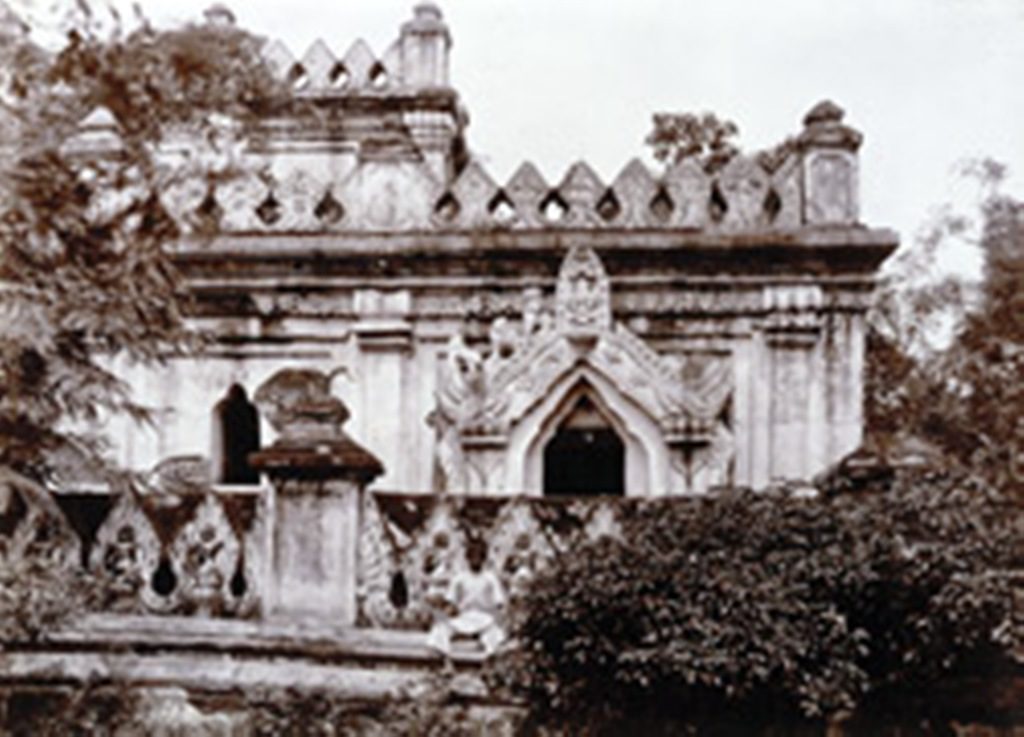
Thu Damar Congregation Halls
They are located near the foot of Mandalay Hill. King Mindon donated these halls on May 22 in 1859. The halls are gilded and have many Pabu arts. In Yadanarpon era, monks’ examinations were held in these rest houses. There were 33 Thu Damar congregation halls, but there are only 18 left.
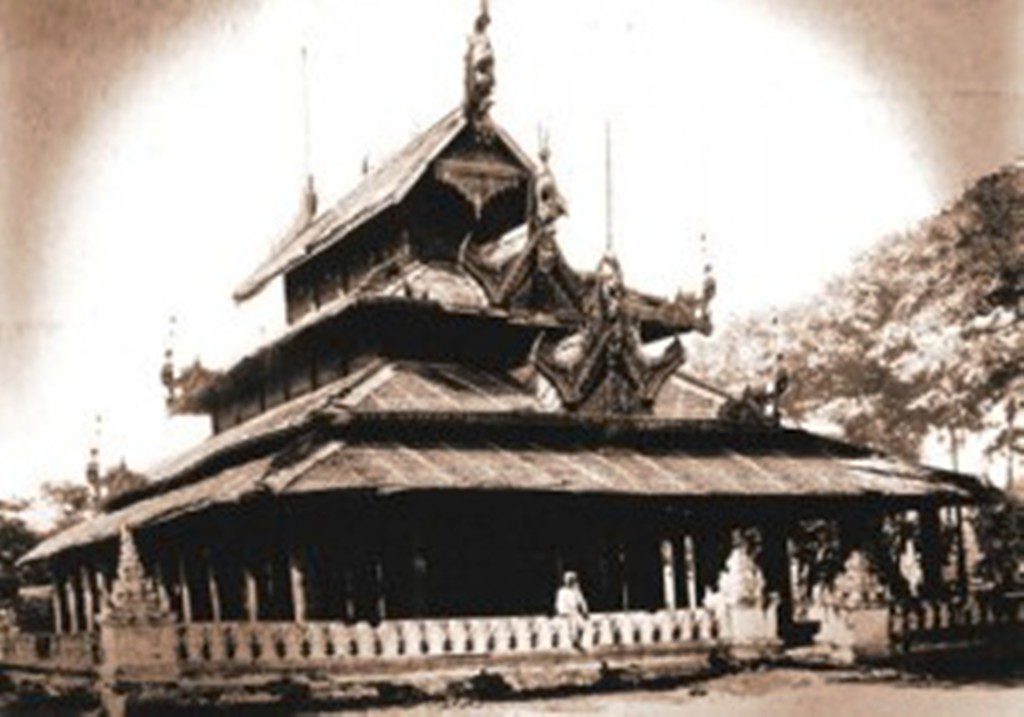
Atu Mashi Monastery
At this monastery there are many examples of the Pantaut arts (the art of making floral designs out of stucco). There are 146 pillars in the monastery. Yaw Ahtwin Wun U Pho Hlaing supervised the construction of the monastery. In 1890, it sadly burnt down, but was rebuilt between 1995 and 1997. Tampawaddy U Win Maung supervised the reconstruction.
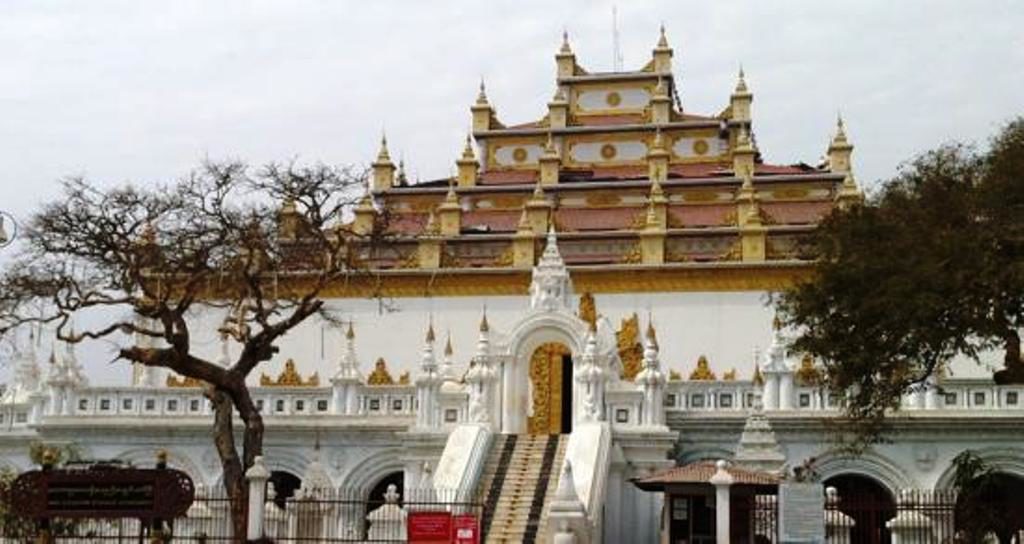
Ku Tho Taw Pagoda
The pagoda is located at the South East of Mandalay Hill and was built in 1862 through donations from King Mindon. It contains the world’s largest book. In the grounds are 729 kyauksagu or stone inscription caves each containing a marble slab inscribed with a page of text from the Tipitaka, the entire Pali Canon of Therevada Buddhism.
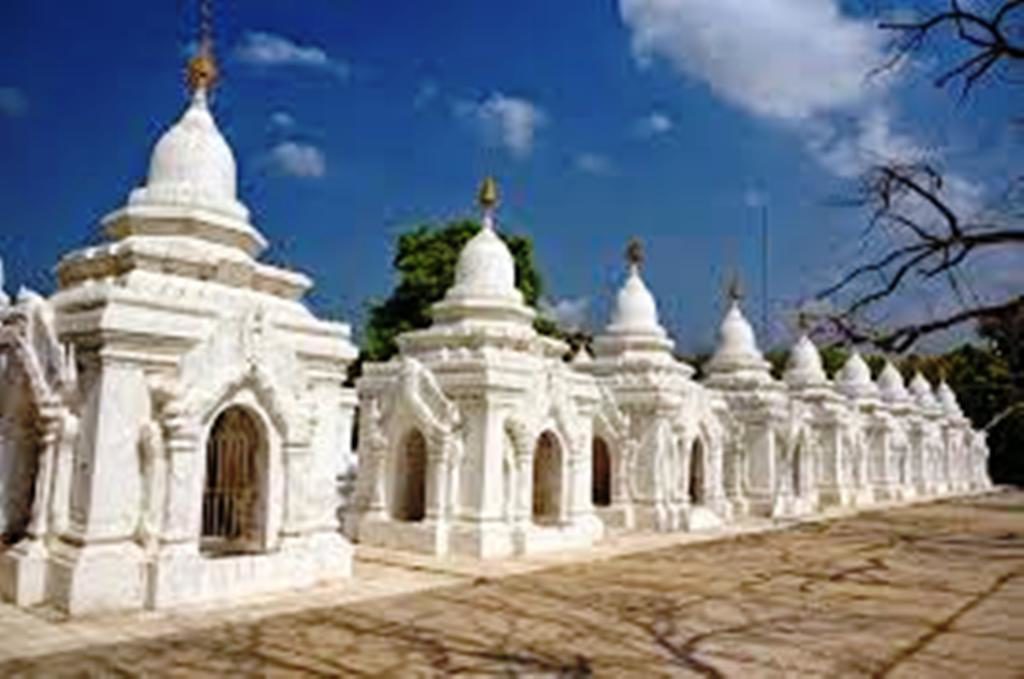
Thein Taw Gyi
(Buddhist Ordination Hall)
The hall was situated at the foot of Mandalay Hill, near the entrance of Kyauk Taw Gyi. It was a wooden building and decorated with Pantaut arts. It was destroyed in World War II.
Thank you for reading!







